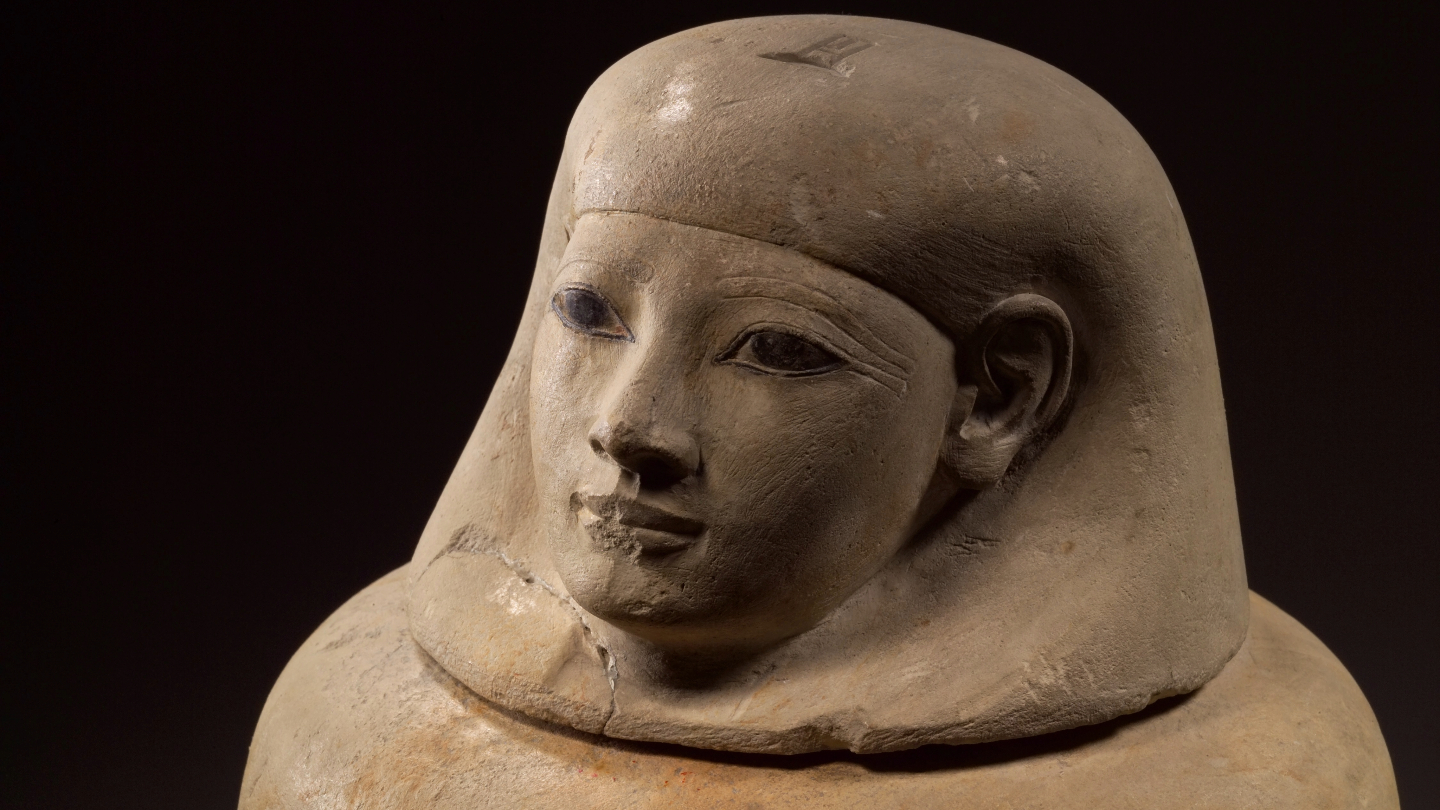Jars holding the innards of an ancient Egyptian noblewoman from roughly 3,500 years ago contain hints of one of the most complex mummification balms of that era, a new study shows.
An analysis of the jars that held her remains seem to confirm her importance and hint at the extent of ancient trade routes and the intricacies of mummification practices, researchers report August 31 in Scientific Reports.
In ancient Egyptian mummification, the viscera would be removed from the body and placed in separate jars along with a balm meant to preserve the organs. To find out exactly how Senetnay’s innards were preserved, archaeological chemist Barbara Huber and colleagues conducted a panel of chemical analyses of the residue in the jars that once held her lungs and liver (SN: 2/1/23).
While most other embalming fluids from her era contained simpler mixes of fats, oils and sap, Senetnay’s remains were preserved in a rich blend of substances, the team found. The residue hinted at oils, fats, beeswax, tree resins, the tarlike bitumen and, in a possible first, the sap from larch trees, which grew in the mountains in the Mediterranean.
2023-08-31 10:00:00
Original from www.sciencenews.org



















